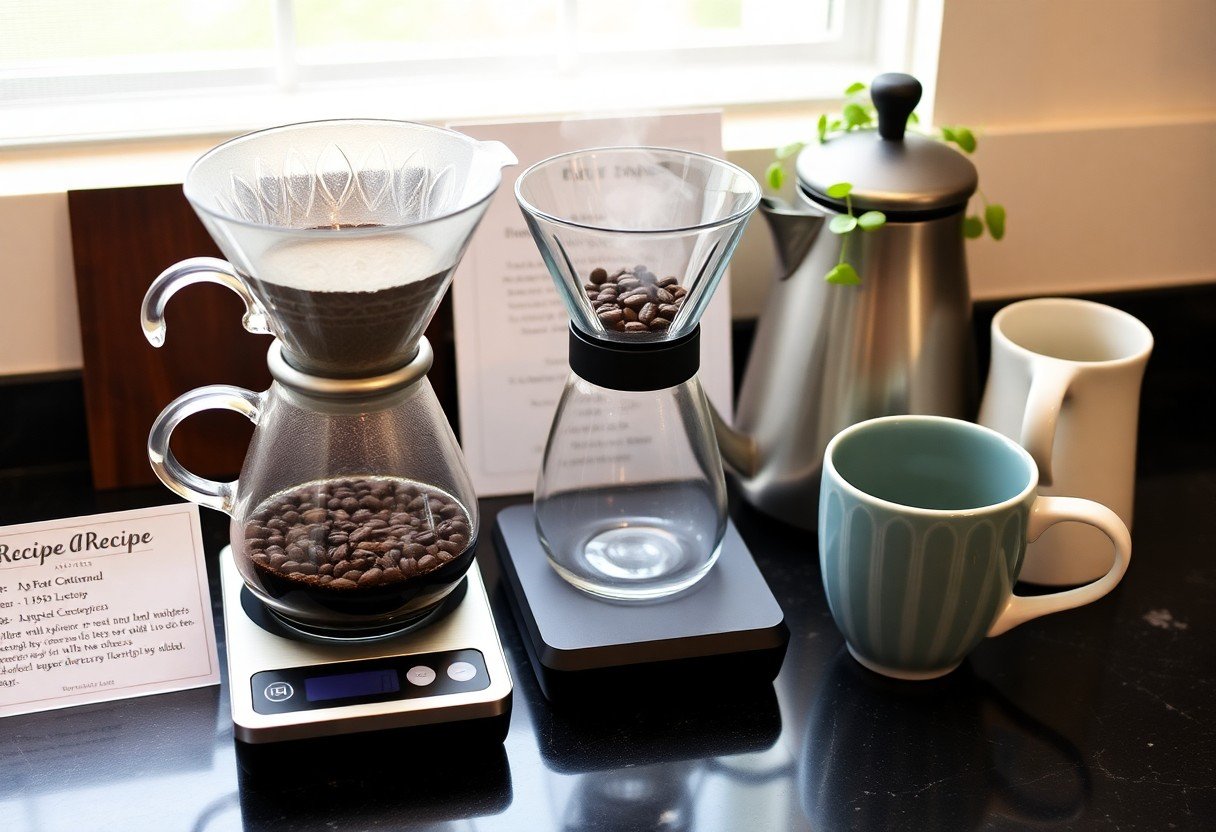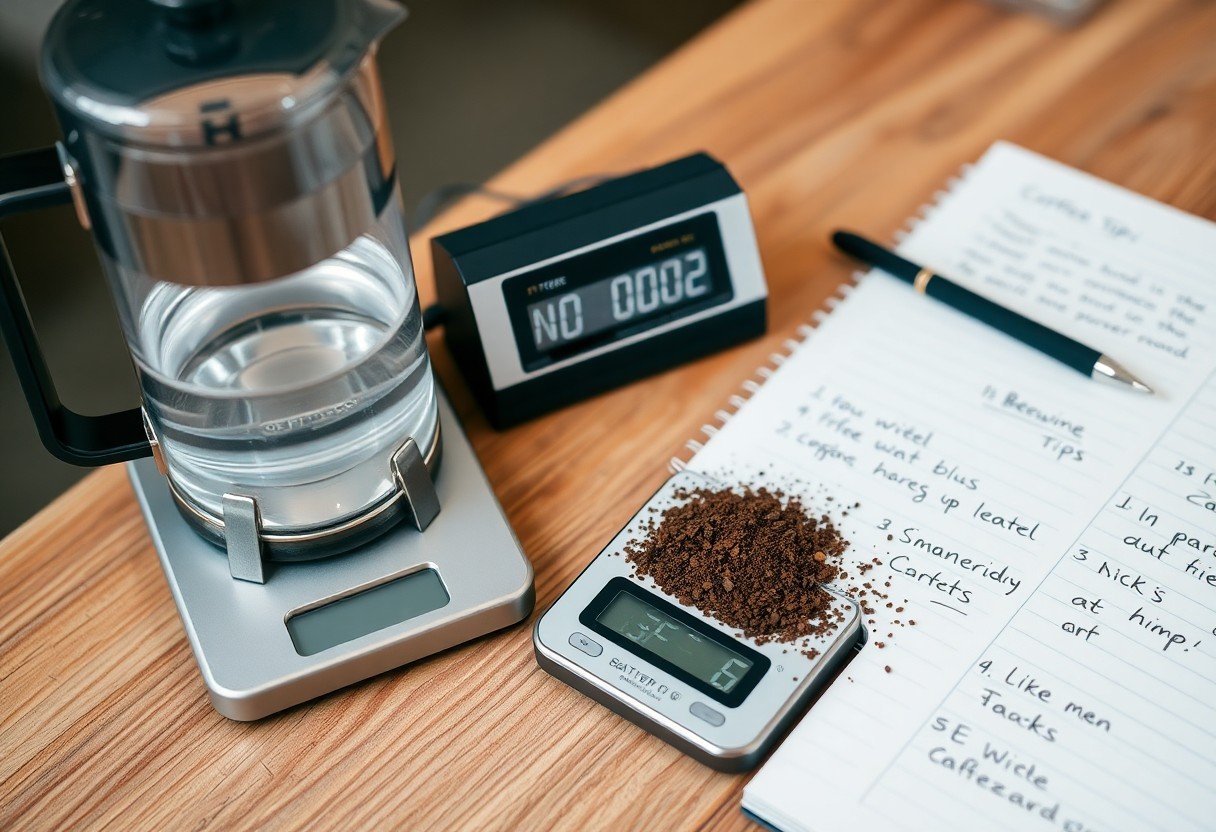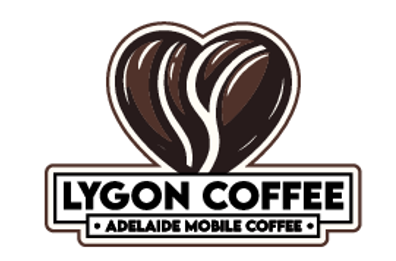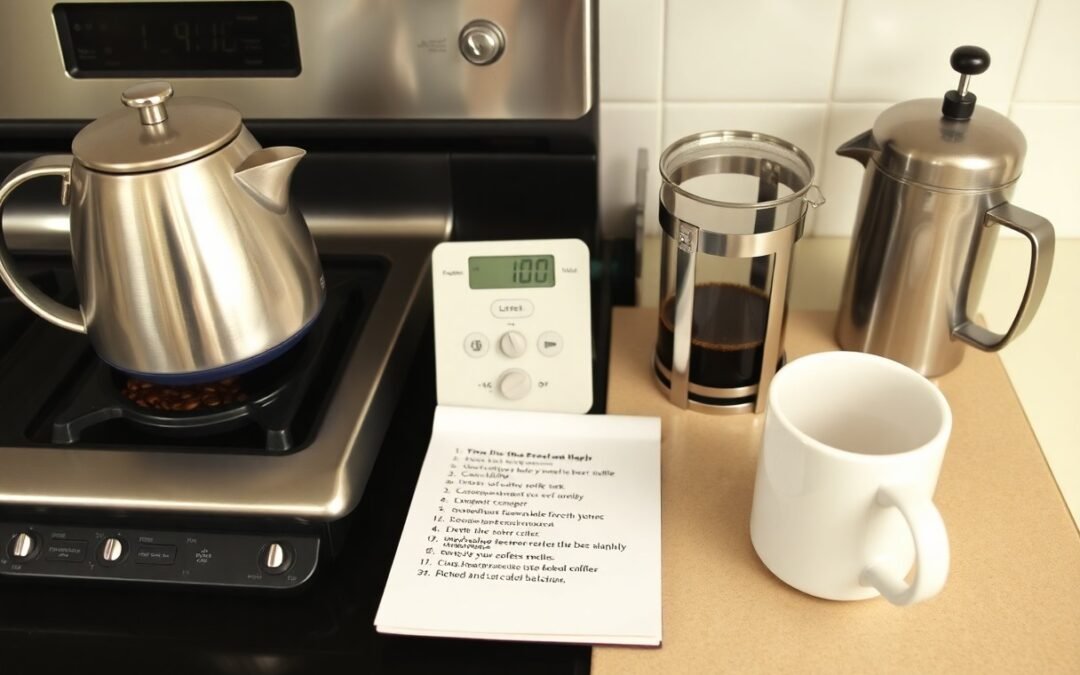Just step into the world of artisanal coffee with this comprehensive guide that empowers you to brew a sophisticated cup at home. Whether you’re a complete novice or looking to enhance your skills, this post will take you through crucial techniques and tips for selecting quality beans, mastering brewing methods, and achieving the perfect flavor profile. With the right tools and a bit of practice, you’ll enjoy a café-quality experience right in your own kitchen.
Selecting the Right Ingredients
Your choice of ingredients significantly shapes the final flavor profile of your brew. Focus on high-quality coffee beans and pure water, as these elements are fundamental to crafting a sophisticated cup. Explore various coffee bean origins, roasts, and grind sizes to find the perfect match for your taste preferences. Pay attention to the freshness and storage conditions of your ingredients to ensure a delightful brewing experience.
Choosing Quality Coffee Beans
Select beans that reflect your desired flavor notes, whether fruity, nutty, or chocolaty. Look for specialty-grade coffee beans, which are often sourced from reputable farms and undergo meticulous processing. Consider single-origin coffees for a unique experience or blends for complexity. Purchasing whole beans and grinding them just before brewing ensures optimal freshness, enhancing the overall flavor.
The Impact of Water Quality
Water plays a vital role in your coffee’s taste, comprising up to 98% of the final cup. Tap water can introduce unwanted flavors and minerals, while filtered or bottled water can provide a cleaner base. Aim for a balanced mineral content, as too soft or too hard water can undercut your coffee’s complexity. Ideal brewing water should be slightly acidic, with a pH around 6.5 to 7.5, allowing the flavors of your coffee to shine.
Utilizing water with appropriate mineral content can dramatically enhance extraction and flavor. Municipal water often contains chlorine or other chemicals, which can diminish coffee quality. Investing in a water filter or using spring water elevates your brewing. Look for water that has a TDS (Total Dissolved Solids) level of around 150-250 ppm for optimal results. This balance helps to accentuate the coffee’s natural flavors while avoiding unpleasant aftertastes.
Essential Brewing Equipment
To create a refined cup of coffee at home, your brewing equipment plays a vital role. Quality tools enhance both the process and the final result, allowing you to extract the full range of flavors from your beans. Choosing the right gear not only simplifies brewing but also elevates the entire experience, making each cup special.
Must-Have Tools for Beginners
Start with a decent grinder, preferably a burr grinder, to ensure uniform grind size vital for balanced extraction. A reliable coffee maker, whether a pour-over, French press, or drip machine, is necessary for brewing. In addition, a digital scale will help you measure coffee and water accurately, while a thermometer allows you to achieve the perfect brewing temperature.
Optional Gadgets to Elevate Your Brew
Once you’ve mastered the basics, consider investing in gadgets that can truly enhance your brewing experience. Items such as a gooseneck kettle for precision pouring, a coffee scale with a timer, and water filtration systems can make significant differences in flavor and consistency.
For instance, a gooseneck kettle allows you to control the water’s flow rate and direction, which is vital for pour-over techniques, ensuring even extraction. A high-quality water filtration system can remove impurities, reflecting directly in a cleaner, more vibrant taste. Integrating these tools into your setup can transform your home brewing from simple to extraordinary, ultimately giving you a café-quality cup in the comfort of your kitchen.
Mastering the Brewing Techniques
Getting the brewing technique right elevates your cup from good to exceptional. Whether you choose pour-over, French press, or espresso, each method has its unique charm and intricacies that contribute to the overall flavor and aroma. Experimenting with different techniques will help you discover what aligns best with your taste preferences, allowing you to refine your skills and achieve a sophisticated brew at home.
Brewing Methods Explained
Each brewing method has distinct characteristics that influence the extraction process and flavor. For instance, a French press steeps coffee grounds in hot water, resulting in a rich and body-heavy brew, while a pour-over uses a controlled drip to create a cleaner and more nuanced flavor profile. Understanding these differences helps you select the right method for your desired cup.
Timing and Temperature: The Golden Rules
The extraction process heavily relies on timing and temperature. Optimize your brew by using water heated to 195°F to 205°F, and pay attention to brewing times: four minutes for a French press, and two to three minutes for pour-over. These specifics ensure you achieve a well-balanced flavor without any bitterness or sour notes.
Timing and Temperature: The Golden Rules
| Brewing Method | Optimal Temperature |
| French Press | 195°F – 205°F |
| Pour-Over | 195°F – 205°F |
| Espresso | 190°F – 205°F |
| Cold Brew | Room Temperature |
Precision in timing and temperature allows you to control the brewing process effectively. For example, a water temperature lower than 195°F may lead to under-extraction, resulting in a weak flavor. Conversely, temperatures above 205°F can over-extract oils and acids, resulting in bitterness. Adhering to these guidelines helps you craft a sophisticated cup of coffee that highlights the delicate nuances of your chosen beans.
Optimal Brewing Times
| Brewing Method | Brewing Time |
| French Press | 4 minutes |
| Pour-Over | 2-3 minutes |
| Espresso | 25-30 seconds |
| Cold Brew | 12-24 hours |

Crafting Flavor Profiles
Creating nuanced flavor profiles allows you to tailor your coffee experience. Start by selecting beans from different regions, as each offers unique taste characteristics shaped by climate and soil. Experimenting with grind sizes and brewing methods, such as French press or pour-over, can further enhance specific notes like acidity, sweetness, or bitterness. Taking detailed notes during each brew will help refine your preferences and understand what combinations yield your ideal cup.
Understanding Roast Levels and Their Effects
Roast levels significantly influence flavor, aroma, and caffeine content. Light roasts maintain original bean characteristics, offering bright acidity and floral notes, while medium roasts balance sweetness with some caramelization. Dark roasts produce bold, robust flavors with reduced acidity but can overshadow subtler notes, resulting in a heavier body. Recognizing these differences will guide your choice based on your desired flavor profile.
Experimenting with Additives and Enhancements
Additives, such as spices, flavored syrups, or dairy alternatives, can transform your brew into a unique creation. Cinnamon adds warmth, while vanilla syrup brings sweetness, making your cup more enjoyable. Non-dairy milk options like oat or almond can alter the creaminess level and flavor depth. The key is to start small and adjust gradually, ensuring the base coffee flavor remains prominent.
Delving into additives and enhancements opens a world of creativity in your coffee brewing routine. Consider adding a pinch of nutmeg or a dash of cocoa powder for a cozy, spiced flavor. For a refreshing twist, try a splash of citrus or a hint of mint. Customizing your coffee allows for seasonal variations; pumpkin spice for fall or iced coffee with fresh berries in summer can keep your routine exciting. Keep track of combinations that work well for you, making it easier to recreate favorite flavors later.

Troubleshooting Common Brewing Failures
Even the most experienced brewers encounter challenges. Identifying issues early can make a significant difference in your brewing journey. Common problems include over-extraction, under-extraction, and temperature-related faults, all affecting flavor and aroma. By analyzing each step of your brewing process, you can pinpoint the source of the problem and make the necessary adjustments for a superior cup of coffee.
Identifying and Correcting Taste Issues
Taste issues often stem from the brew’s ratio, grind size, or water quality. If your coffee tastes bitter, try using a coarser grind or reducing the brew time. Conversely, if it’s sour or weak, you may need to adjust the grind to a finer consistency or extend the brewing duration. Always ensure you use filtered water, as impurities can significantly alter the flavor profile of your coffee.
Adjustments for Different Brewing Methods
Each brewing method requires specific parameters for optimal extraction. For example, espresso demands a fine grind and high pressure, whereas a French press benefits from a coarse grind and longer steep time. Adapting your technique to the method not only enhances flavor extraction but also ensures consistency in your results, permitting you to explore diverse profiles across various brewing styles.
Understanding the unique requirements of different brewing methods is key to achieving the best flavor. With espresso, focus on precise timing (20-30 seconds for extraction) and a uniform grind size under 1mm. Drip coffee, meanwhile, typically calls for a medium grind and a 4-6 minute brew time. For pour-over, a controlled, slow pour over a medium-fine grind yields a cleaner cup. By adjusting these variables, you can refine your brewing technique and discover the full spectrum of taste that each method can offer. Experimenting with grind sizes and brew times can turn an average cup into an extraordinary one.
Conclusion
Upon reflecting, brewing a sophisticated cup of coffee at home is an achievable skill that enhances your daily routine. By following the steps outlined in this guide, you can elevate your brewing techniques, ensuring that each cup meets your personal taste preferences. Experiment with different beans, grind sizes, and brewing methods to discover what resonates with you. With practice, patience, and a keen sense of your palate, you will master the art of home brewing and enjoy the rich flavors and aromas that great coffee offers.
FAQ
Q: What equipment do I need to brew coffee at home?
A: Essential equipment includes a coffee maker or French press, a grinder for whole beans, a kettle (preferably with temperature control), measuring tools, and a scale for accuracy.
Q: What type of coffee beans should I use?
A: Choose high-quality, freshly roasted beans. Light to medium roasts are ideal for beginners, allowing you to experience the flavor profiles without overwhelming bitterness.
Q: How do I measure coffee and water for brewing?
A: A common ratio is 1:15, using 1 gram of coffee for every 15 grams of water. Adjust the measurements based on taste preferences, aiming for between 1:12 and 1:18 ratios.
Q: What is the ideal water temperature for brewing coffee?
A: Brew coffee with water heated to around 195°F to 205°F (90°C to 96°C). This temperature range extracts flavors effectively without causing bitterness.
Q: How can I enhance the flavor of my home-brewed coffee?
A: Experiment with different brewing methods, try different bean origins, adjust the grind size, and explore various water sources. Additionally, using fresh, clean water can significantly improve flavor.

